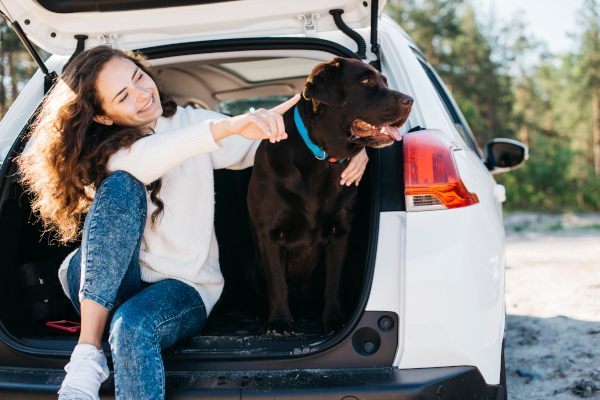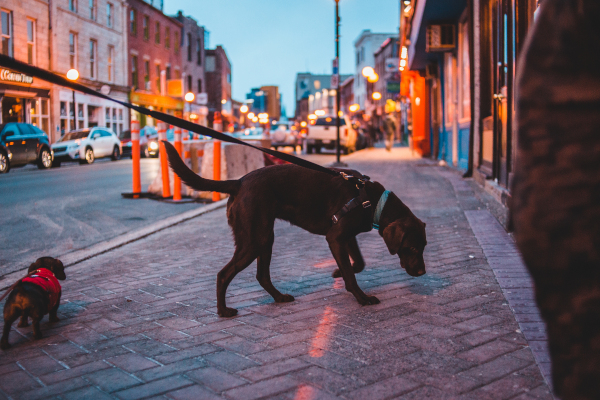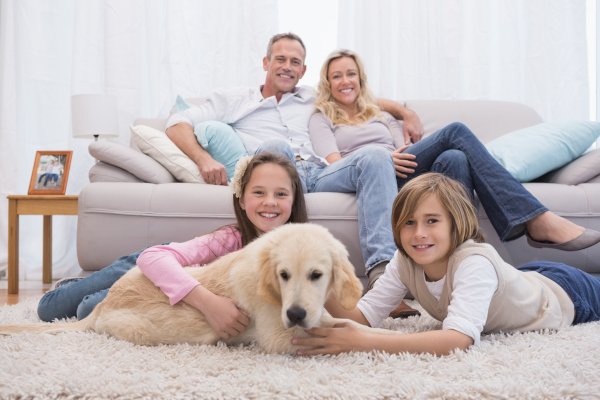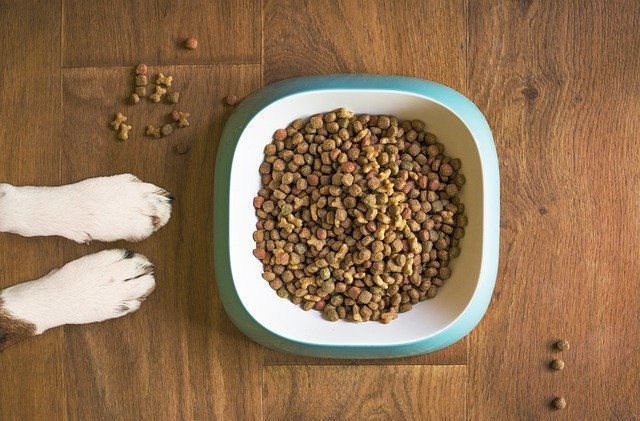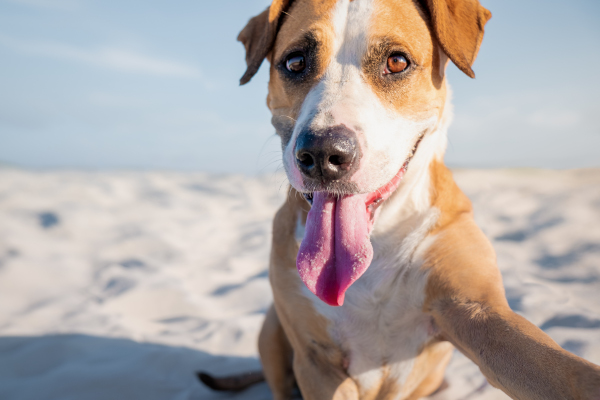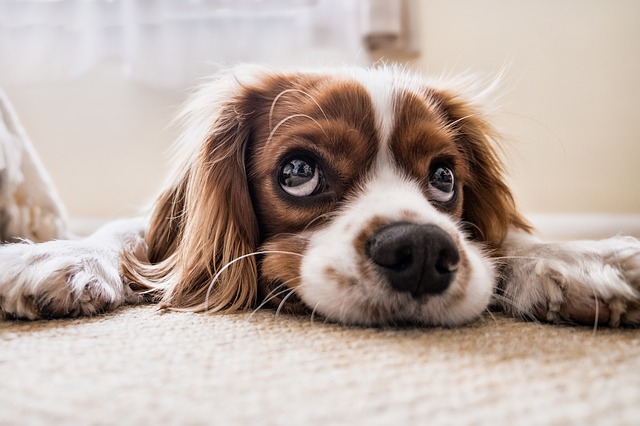In the Highway Code, Rule 57 states that dogs should be suitably restrained so that they cannot distract you while you are driving, or injure you or themselves, if you stop quickly. Suitable methods of restraint are a Seat Belt harness, Pet Carrier, Dog Cage or a Dog Guard. If a Dog Guard is used your dog should also be secured to a fixed secure point. Should you not have your dog suitably secured in your vehicle, you could be liable for a heavy fine and should you have an accident caused by being distracted by your dog your insurance may be invalidated.
On my travels out and abroad I often see dogs sitting unsecured in the front of cars and even hanging out of windows whilst travelling. Why would we allow this, we always put our seat belts on and also ensure our passengers do the same. If you are involved in an accident at 30 miles per hour or more and you come to an abrupt stop, if your dog is not restrained he may become a missile travelling at that speed, either injuring yourself, your passengers or worse being flung through the windscreen and will be unlikely to survive the incident.
I remember some time ago an elderly couple were going for a day out taking teir dog with them. They were involved in an accident, which was not their fault, however, the dog was not restrained, fortunately the dog had not been injured or injured it’s owners. However when the Ambulanceman went to scene of the accident and opened the door to see whether the driver and passenger were injured or not, the dog immediately jumped over the seats and out of the car and into the road and was run over and killed by a passing vehicle.
If you are stopped by the Police and your dog is unsecured and they believe that they have been causing a distraction, you may be liable for a fine of up to £1,000 and 3 Penalty Points for Driving without Proper Control. However, If they believe that you were Driving Without Due Care and attention the maximum fine for this is £2,500 and 9 Penalty Points and in extreme cases may also result in a driving ban and invalidate your insurance.
Top Tips
Use either a Seat Belt Harness, Pet Carrier, Dog Cage or a Dog Guard to restrain your dog in your vehicle.
Don’t feed your dog before a long journey
Take your dog’s favourite blanket and / or toy in the car
Use a Shade on the windows in hot weather to block out the Sunlight
Always carry water with you.
Never allow your dog to hang out of the vehicle window, whether it is travelling or not.

